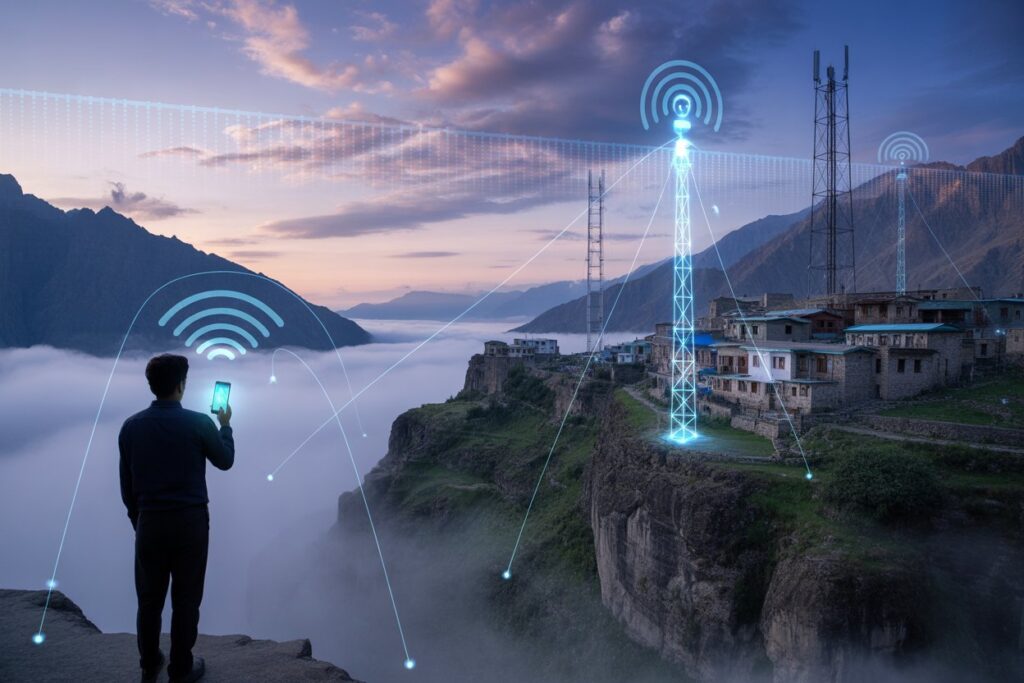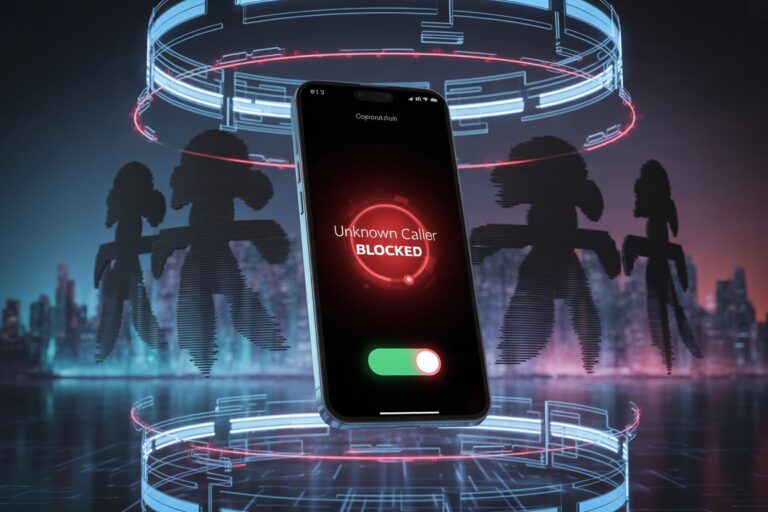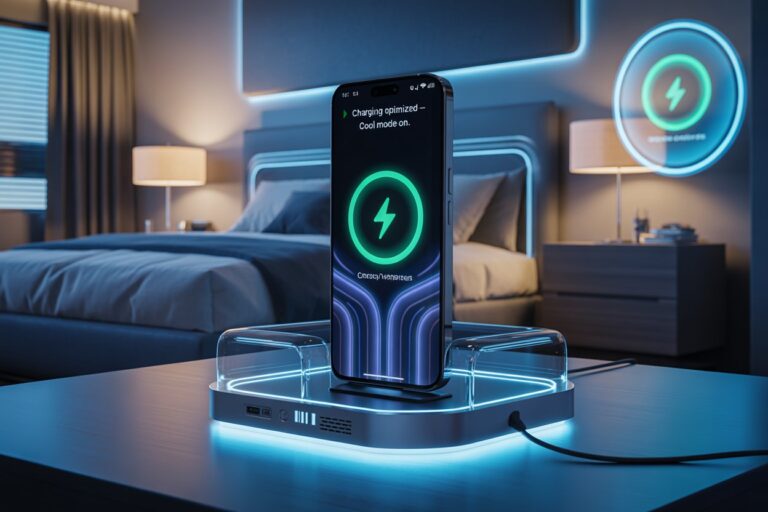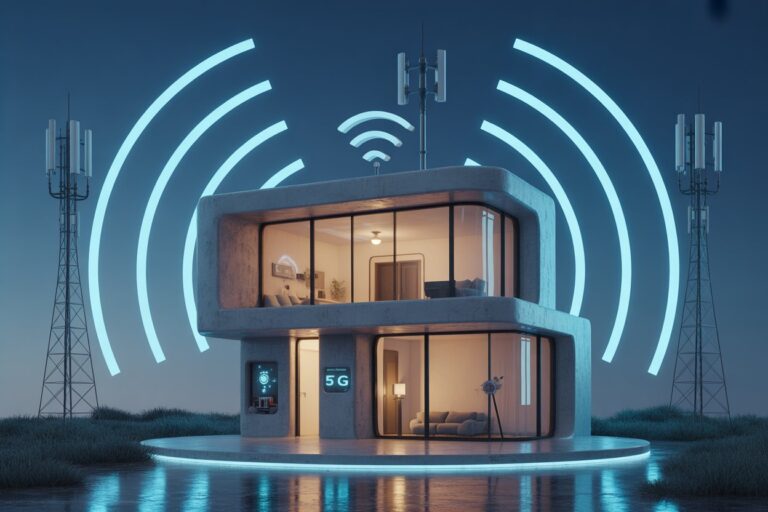How to Boost Weak 3G Signal in Hilly Areas Pakistan
In Pakistan’s hilly and remote regions, getting a stable 3G mobile signal can feel like chasing a mirage.
While many users are upgrading to 4G and even 5G in cities, countless people in mountainous areas still rely on 3G networks.
Weak signal strength leads to dropped calls, slow internet, interrupted downloads, and poor app performance.
But don’t worry — there are practical ways to boost weak 3G signals in hilly areas without needing expensive gadgets or advanced tech knowledge.
This guide covers tested tips, real-world scenarios, and easy solutions that can help you enhance your mobile signal — especially in challenging terrains like Murree, Swat, Skardu, or northern Punjab and Balochistan.
Why 3G Signals Are Weak in Hilly Areas

Before diving into solutions, it’s helpful to understand why 3G signals weaken in such regions:
- Terrain Obstruction: Mountains and dense hills block radio waves, causing signal drops.
- Limited Towers: Fewer cell towers are installed due to logistical and cost issues.
- Harsh Weather: Snow, rain, and wind impact the stability of weak signals.
- Distance from Towers: The farther you are, the lower the signal strength.
- Old Infrastructure: Many hilly areas still rely on older telecom setups.
How to Boost Weak 3G Signal in Hilly Areas – Practical Tips
1. Choose the Right Network Provider
Not all telecom companies offer the same coverage in remote areas. For example:
- Zong has strong 3G/4G coverage in Gilgit-Baltistan.
- Telenor works better in Swat and some parts of Chitral.
- Jazz has broader national coverage but may be patchy in steep zones.
Tip: Ask locals which SIM card works best in your specific location. Use dual-SIM phones to switch if needed.
2. Use Airplane Mode Trick
Sometimes, your phone locks onto a weak tower. Here’s how to force a stronger one:
- Step 1: Turn on Airplane Mode for 10 seconds.
- Step 2: Turn it off — this refreshes the connection.
- Step 3: Your device may now connect to a closer or stronger tower.
Repeat this trick when your signal drops unexpectedly.
3. Manual Network Selection
By default, phones choose networks automatically — which isn’t always optimal in low-signal zones.
Steps (Android):
- Go to Settings > Mobile Networks > Network Operators
- Select Manual
- Choose the available operator with the best signal bars
4. Avoid Signal Blockers Indoors
- Thick stone walls or metal roofs (common in hilly homes) block signals.
- Use your phone near windows or step outside for better reception.
- Don’t store your phone near heavy electronics or inside drawers.
Avoid metal phone cases — they interfere with antenna performance.
5. Use Wi-Fi Calling (If Available)
If your home has a Wi-Fi connection (via satellite or fiber), enable Wi-Fi Calling:
- Go to Settings > Connections > Wi-Fi Calling > Enable
- Your calls and SMS will use internet instead of mobile towers
Note: This feature works only if your phone and carrier support it.
6. Try a Signal Booster (Offline Method)
In rare cases, users build DIY signal reflectors using aluminum foil or cans. While not a guaranteed fix, some users claim:
- Wrapping foil behind your phone boosts signal slightly.
- Homemade Yagi antennas (rural DIY) can redirect and concentrate signal.
Use this only as a temporary hack; results vary based on terrain.
7. Avoid Battery-Saving Mode
Battery-saving modes may disable background signal scanning. To keep your signal alive:
- Go to Settings > Battery
- Turn off Battery Saver Mode when in low-signal areas
A stronger signal often requires more power — don’t limit your phone unnecessarily.
8. Update Your Phone’s Software
Outdated firmware can cause radio modem bugs that affect signal strength. Regularly:
- Update your Android OS to the latest version
- Update carrier settings if prompted
- Restart the phone after updates for best results
9. Install OpenSignal or Similar App
Use apps like OpenSignal or Network Cell Info Lite to:
- Find the nearest cell tower
- View signal strength in decibels (dBm)
- Navigate to a stronger signal zone
These apps help especially if you’re in a moving vehicle or changing locations frequently.
10. Use External Antennas or Dongles (Optional)
If you’re staying in one location for weeks or months, you might consider:
- A 3G USB dongle with antenna support
- A signal repeater for home use (licensed in Pakistan)
These require investment but are ideal for long-term use in mountainous regions.
Localized Tip for Pakistan: Register Your Device (PTA)
If your phone isn’t PTA-approved, network issues can occur — including signal drops or blocked services. To check:
- Dial *8484#
- Or visit dirbs.pta.gov.pk
Register your IMEI if needed to ensure full signal access.
Common Mistakes to Avoid
- Don’t install random “Signal Booster” apps — most are fake.
- Avoid rooting your phone just for signal tweaks — it voids warranty.
- Don’t switch SIMs too frequently — wait 24 hours after each switch for tower sync.
Link to Related Articles
- How to Extend Smartphone Battery Life During Outdoor Use
- How to Boost Mobile Signal in Rural Areas
- How to Stay Safe on Android Without Extra Apps
FAQ – People Also Ask
Q1: Can I boost 3G signal without buying any device?
Yes. Use airplane mode, move closer to open areas, avoid thick walls, and choose a strong local network.
Q2: Which network is best for 3G in Pakistan’s northern areas?
Zong and Telenor usually offer better performance in Gilgit-Baltistan, Swat, and Chitral, but it varies. Always ask locals.
Q3: Do signal boosters work in hilly areas?
Yes — if set up properly. Use licensed repeaters or antenna kits designed for terrain use. DIY setups may work short-term.
Final Thoughts
While no trick can guarantee full bars in extreme terrains, the strategies listed above significantly improve weak 3G signal in hilly areas of Pakistan.
From smart SIM selection to using tools like OpenSignal, and even knowing where to stand — every tip counts. Combine multiple methods for best results and stay connected even in the most remote regions.






